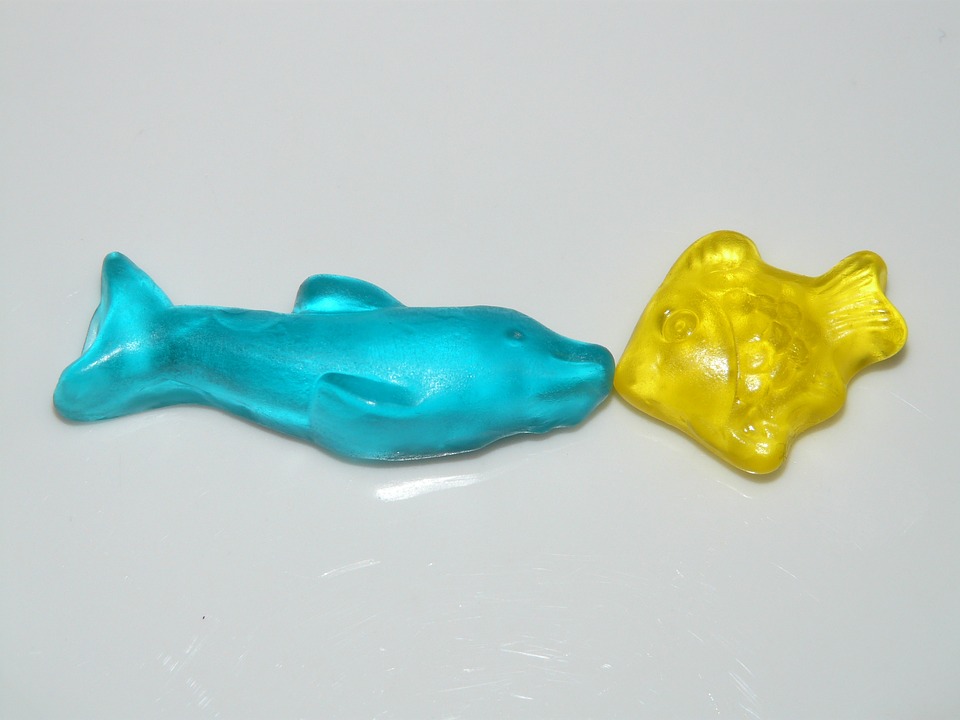Fish behavior is a captivating subject that can greatly enhance the experience of fishkeeping. By understanding how tank fish respond to their social environment, fish enthusiasts can create a more suitable and stimulating habitat for their aquatic companions. In this article, we will delve into the various aspects of fish behavior, including social interactions, territoriality, communication, and schooling, shedding light on the fascinating world of our finned friends.
Social interactions play a significant role in the lives of tank fish. Within a group of fish, there is often a hierarchical structure, with dominant and subordinate individuals. The dominant fish may display aggressive behaviors to establish and maintain their position in the hierarchy. Aggression and territoriality are closely linked, as fish may become territorial to protect their resources and breeding sites. Courtship and mating behaviors also rely on social interactions, with fish engaging in elaborate displays and rituals to attract mates.
Territoriality is an important aspect of fish behavior, especially in tank settings. Fish establish territories to claim specific areas as their own and to defend them from intruders. Defining territories involves marking them through various means, such as rubbing their bodies against objects or releasing pheromones. Fish may show aggression towards other fish that encroach upon their territory. Fishkeepers can manage territorial behaviors by providing ample hiding spots and caves, which serve as designated territories and help reduce conflicts.
Communication among tank fish occurs through various channels. Visual signals and body language play a crucial role, with fish using specific postures, coloration changes, and fin displays to convey information. Chemical communication is also prevalent, with fish releasing pheromones and responding to chemical cues in their environment. Acoustic communication, though less common, can be observed in certain species, with fish producing vocalizations and sounds to communicate with each other.
Schooling behavior is another fascinating aspect of fish behavior. Many fish species exhibit schooling behavior, where they swim together in coordinated and synchronized movements. Schooling offers several advantages, including increased protection against predators, improved foraging efficiency, and enhanced social interactions. It is important to differentiate between schooling and shoaling, as the latter refers to a looser aggregation of fish without the same coordinated movements.
Fishkeepers often have questions regarding fish behavior. Some common inquiries include identifying signs of aggression in tank fish, reducing aggression and territorial behaviors, whether different fish species can communicate with each other, the necessity of providing hiding spots or caves for establishing territories, and if all fish species exhibit schooling behavior. Understanding these aspects can help fishkeepers better manage their tanks and provide a more enriching environment for their fish.
In conclusion, understanding fish behavior is vital for creating a harmonious and thriving fish tank environment. By recognizing the social interactions, territoriality, communication, and schooling behaviors of tank fish, fishkeepers can provide an optimal habitat that promotes the well-being and natural behaviors of their aquatic companions. So, dive into the fascinating world of fish behavior and watch your tank come alive with vibrant and contented fish.









